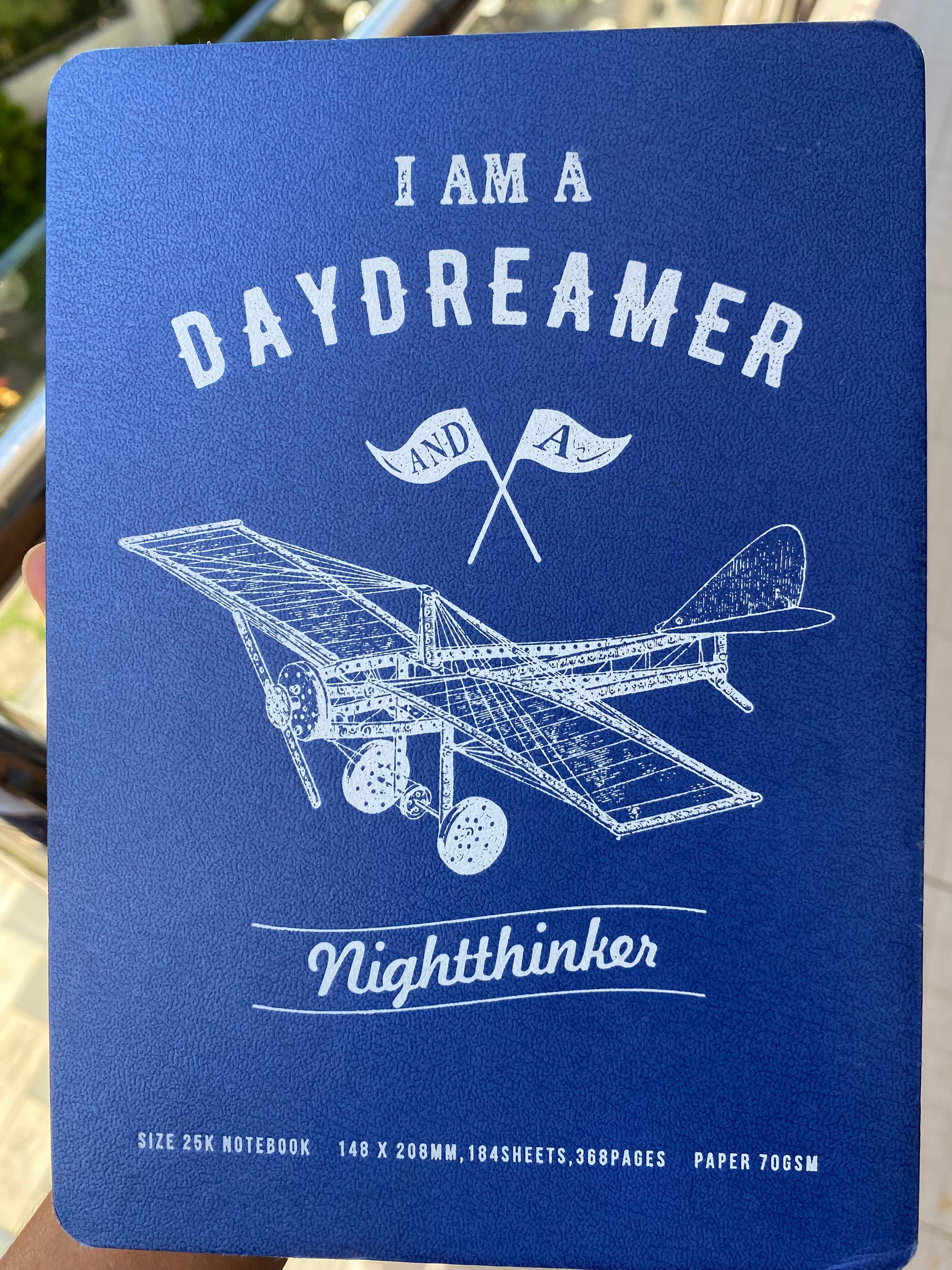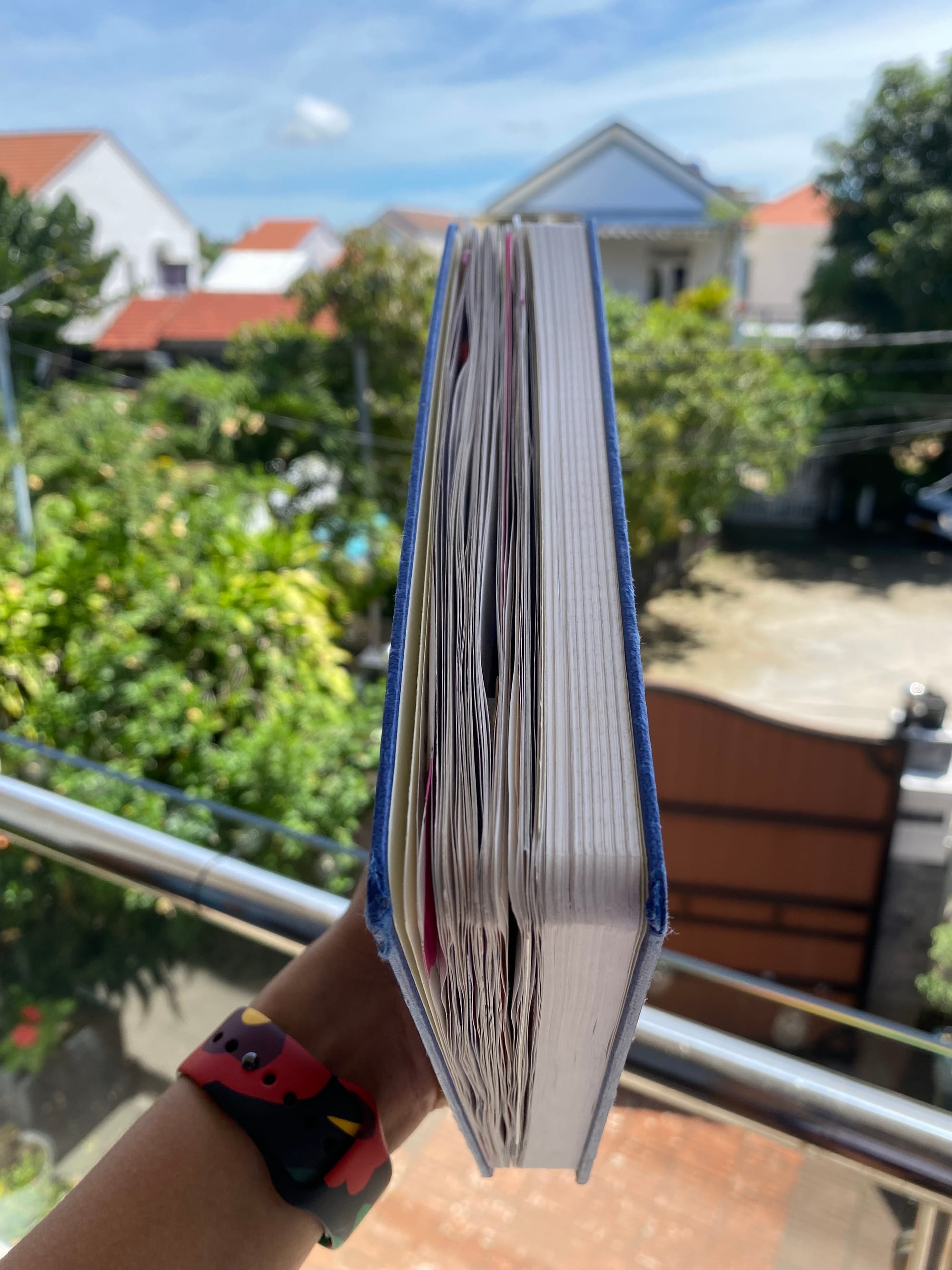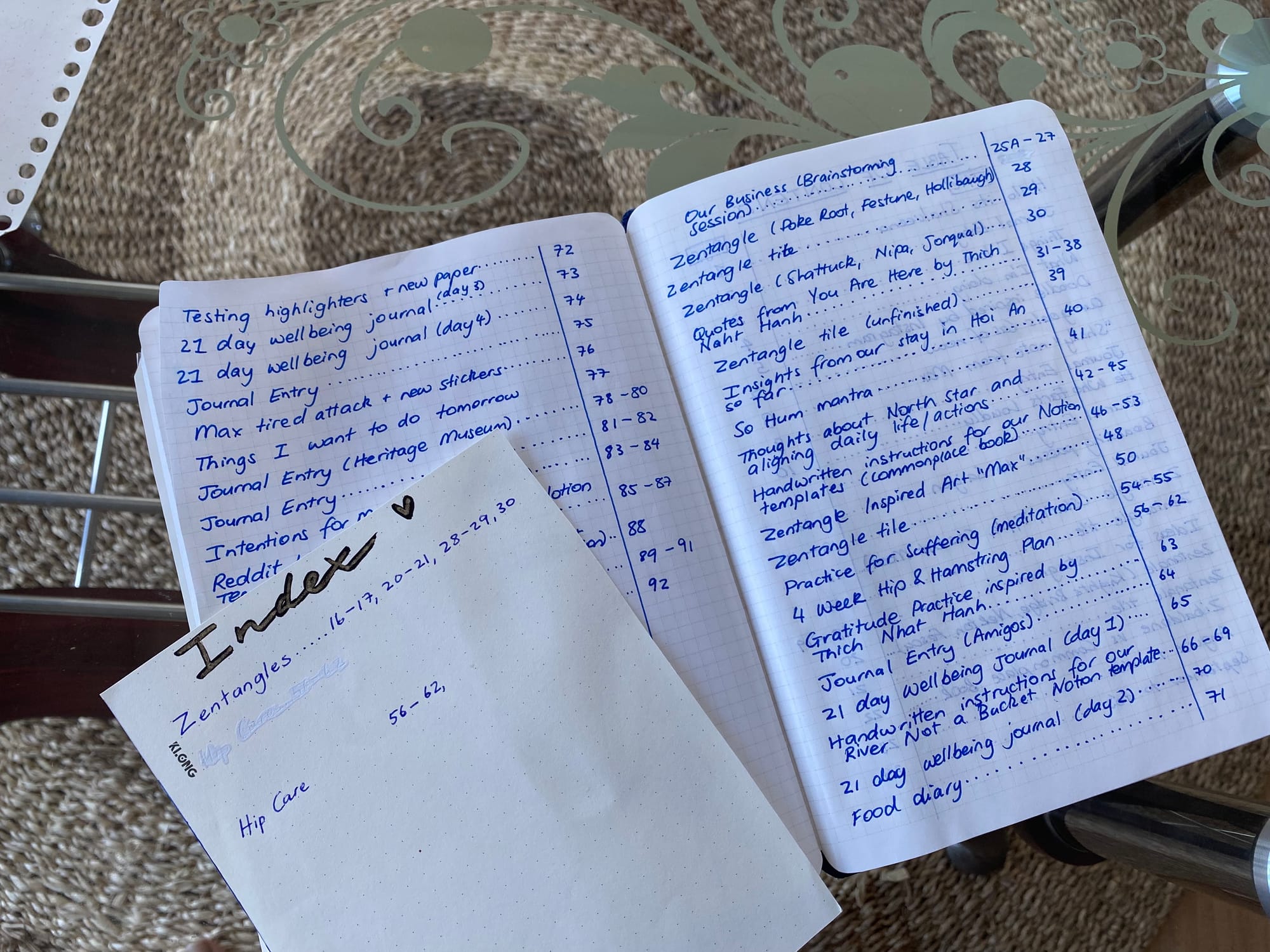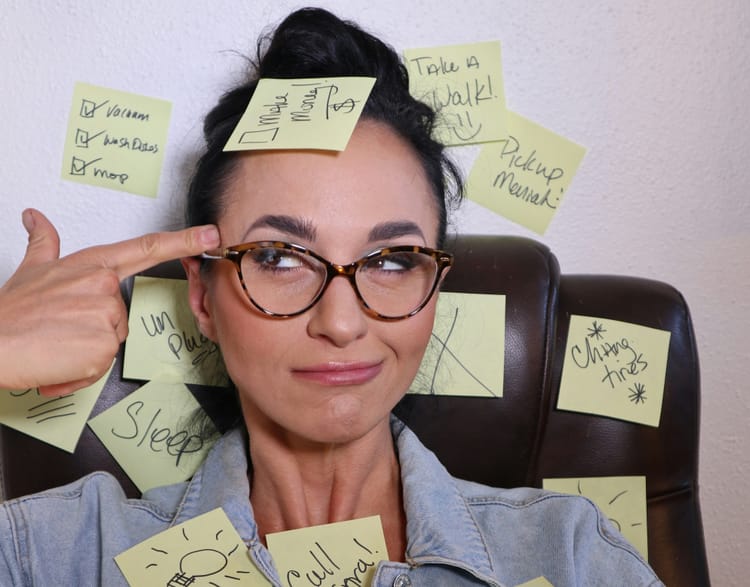I started keeping a commonplace book. This is how I keep it organised

I finally started writing in my notebook instead of just collecting notebooks ...
For a long time now, I’ve been wanting to keep a notebook where I can capture my ideas, thoughts, reflections, quotes and day-to-day events. I collected many note books, but never actually managed to keep a consistent journaling or note-taking habit. You see, I’m an over thinker and if I’m being honest, also a bit of a perfectionist! This stopped me from starting.
I watched video after video about journals, commonplace books and notebooks, but the more I watched, the more I learnt about all the different ways to organise notes and notebooks, the more confused I became.
Then one day, knowing my perfectionist tendencies and my love of stationery and notebooks, my husband suggested that I choose one of the notebooks I have and just start writing in it. Without any pre-determined system or organisation.
In other words, without any decision-making about the why, what, where and how. Just start writing whatever you feel like, whenever you feel like, in whichever layout you feel like.

This really freed me up and I finally got started with my first note book since my teenage years! Because come on, who didn’t have some sort of diary when they were a kid?
I gave myself the freedom to write whatever I felt like writing. I wrote an introduction (about me page), things I love, journal entries, business ideas, meditations, quotes. I even started doodling again! It has brought me a lot of joy to write in my notebook, and to look back through it.
... it did not have an Index at the beginning
This was not a problem at the beginning, and in fact not having an index has it’s benefits (especially when you only have a few pages):
- you don’t need to worry about what index or organisation system you should have! It eliminates a potential source of procrastination and over-thinking!
- when you regularly flip through your notebook to find things, you inevitably glance through the same pages again and again. You slowly become familiar with where things are and can find them relatively easily.
- while looking for a specific entry, flipping through the pages, you get a chance to revisit entries that you might otherwise not have gone back to.
Indeed not having to think about a way to organise my notes is what helped me get started in the first place. But now that I am almost 100 pages in, I think an index or table of contents might be handy.

But, as I’ve started filling up more and more pages, it has started to become difficult to find specific entries I’m looking for!
And here comes the big problem — how should I organise my notebook? There are so many different ways that sometimes it feels overwhelming. I decided to go with what I thought was the simplest and probably one of the most common ways.
I made a pretty index page on a separate piece of paper and decided to only put in the things I would need to find again. For example, I had a “Zentangle” topic because I knew I would want to find the zentangle patterns again and often.

I quickly discovered that this sort of indexing didn’t work for me. I didn’t refer to it — it became just a piece of paper hiding within the pages of my notebook. I ran into a few other issues:
- I couldn’t decide how granular to make my topics. For example, if I have an entry that is about Buddhism, and Zen Buddhism in particular, should I put that under "Buddhism" or "Zen”. A redditor suggested I put it under both, or give it a ‘general to specific listing’ like “Buddhism, Zen”, but that sounded like too much work and a bit too complex for my liking.
- I didn’t know how much space I should leave for each topic. Some topics might have many entries, while others might only have a couple, but I couldn’t know how many entries there would be under each topic in advance. Nor did I want to pre-determine that and limit myself by it.
- The biggest issue: I found it difficult to locate specific pages based on the index alone. For example, I have multiple pages listed under “Zentangle” but I don’t know which entry is at which page. So every time I wanted to find a specific zentangle pattern, I had to flip to each of the pages listed there to check if that is the page I was looking for. This quickly became frustrating.
Even though I didn’t use the index I had created, I kept it in my notebook for the longest time. I had no desire to try to create another indexing system, because I knew it would lead to decision fatigue, procrastination and anxiety.
The solution: a simple table of contents
Now, almost 100 pages into the notebook, it’s time to do something about this issue. I want to be able to find things easily in my notebook, especially as it grows.
So, I’ve decided to embrace the simplest method of organising my content - a basic table of contents that lists out all the entries, in chronological order. No fancy headings or topics, no complex way of organising the table of contents.

Just a simple table of contents with one small twist - I started the table of contents from the back of the book.
This way, I don't need to worry about running out of pages for the table of contents. Only time will tell how good it works for me, but I have a good feeling about it!
Along with my physical notebook, I also have a digital notebook on Notion
I take photos of pages from my physical notebook and upload them to Notion, where I can see the notes in a beautiful Gallery and organise them into topics.

Why do I have topics in my digital notebook but not in my physical one?
Well, on Notion I can easily change the topics and add new ones. Since it is digital, there is no issue of limited space, and with a little help from AI, I can have my entries updated with the correct topics each time I change things. So I don’t have to go through each entry manually and update it. Win!
Having my notes organised this way — both in my physical book with a table of contents and in my digital note book on Notion neatly organised into topics — allows me to find things easily while still enjoying the experience of writing with pen and paper.
I know it can be difficult using Notion, and many templates out there are overly complex (just like many of the systems of organising physical notes!).
So I have created a template that is beautiful and simple to use.
My husband and I put in lot of hard work and thinking behind it to make it simple to use while achieving all the key things you would need in a digital notebook.
We made it with a lot of love and care. It has brought us a lot of joy making it, and we hope it will bring you joy using it!
You can get the templates here: River Not a Bucket and Commonplace Book, and please leave us a review & feedback so we make even more meaningful gifts for you.
I'm curious, how do you organise your notebooks?
Do you have an index? If so, what kind of index do you have?
Do you have a table of contents? Or do you have different system altogether?
